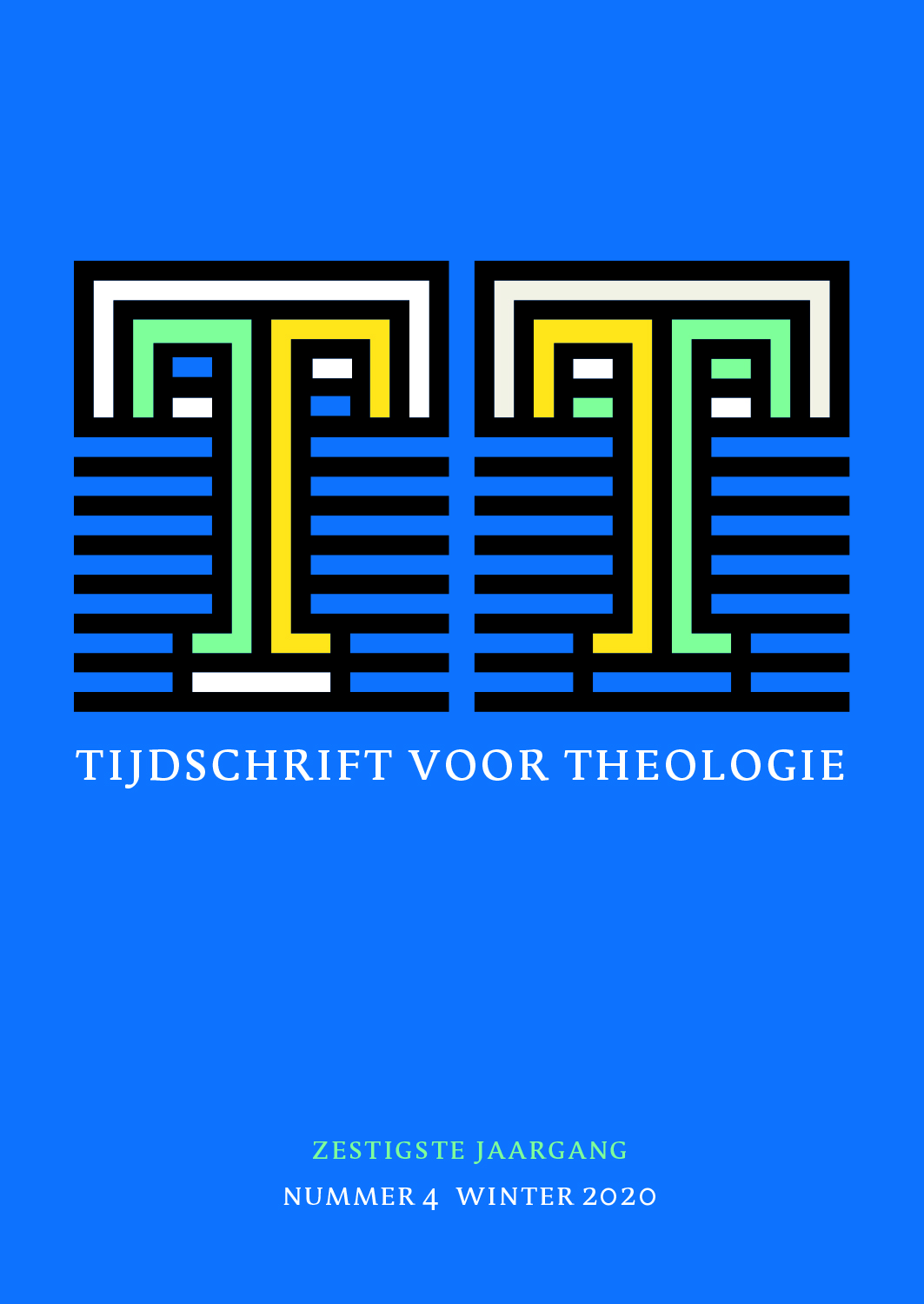next article in this issue  |

|
Document Details : Title: Rituelen van de dood Subtitle: Een verkenning Author(s): WILS, Jean-Pierre Journal: Tijdschrift voor Theologie Volume: 49 Issue: 3 Date: 2009 Pages: 225-236 DOI: 10.2143/TVT.49.3.3203471 Abstract : People feel strongly about ritual creativity. Rituals relating to dying, death and mourning have recently been the object of much redesigning. The death of children and leave-taking from a deceased child are existential borderline experiences that demonstrate the need for rituals in a special way. The death of a child strikes us silent or finds expression in the language of religion, poetry and ritual. It compels us into a second naïveté. Rituals – religious or non-religious – correspond to an anthropological need not to be left behind unconsoled. Death and funereal rituals are prime examples of rites of transition. They are ‘interventionist practices’ and resist forgetting and the ‘destructing of our attentiveness’. However, rituals require confidence and in one sense even faith in what we do and what we say. Something purely aesthetic or psychological is insufficient. Rituals in human borderline situations also tend to deny reality and project feelings. They share those characteristics with religion. We need to deny reality and project feelings when confronted with the death of a child. |
|
